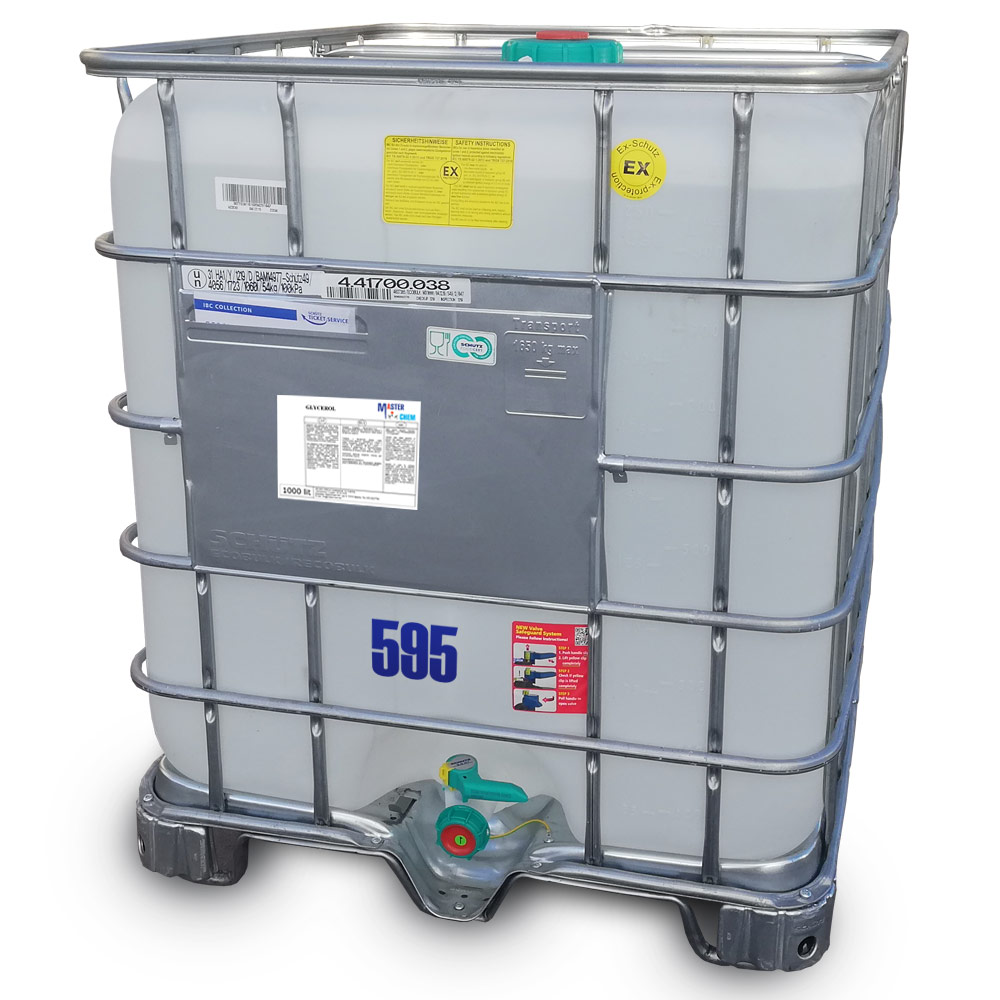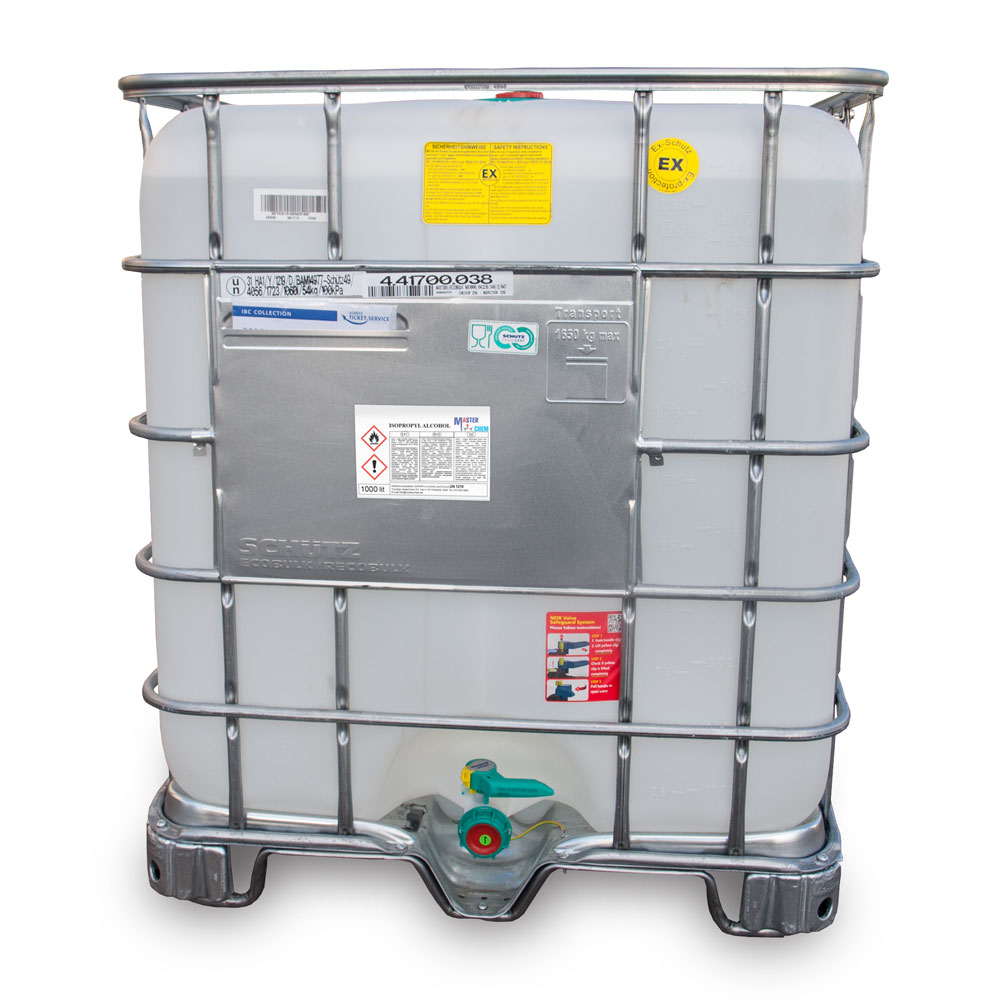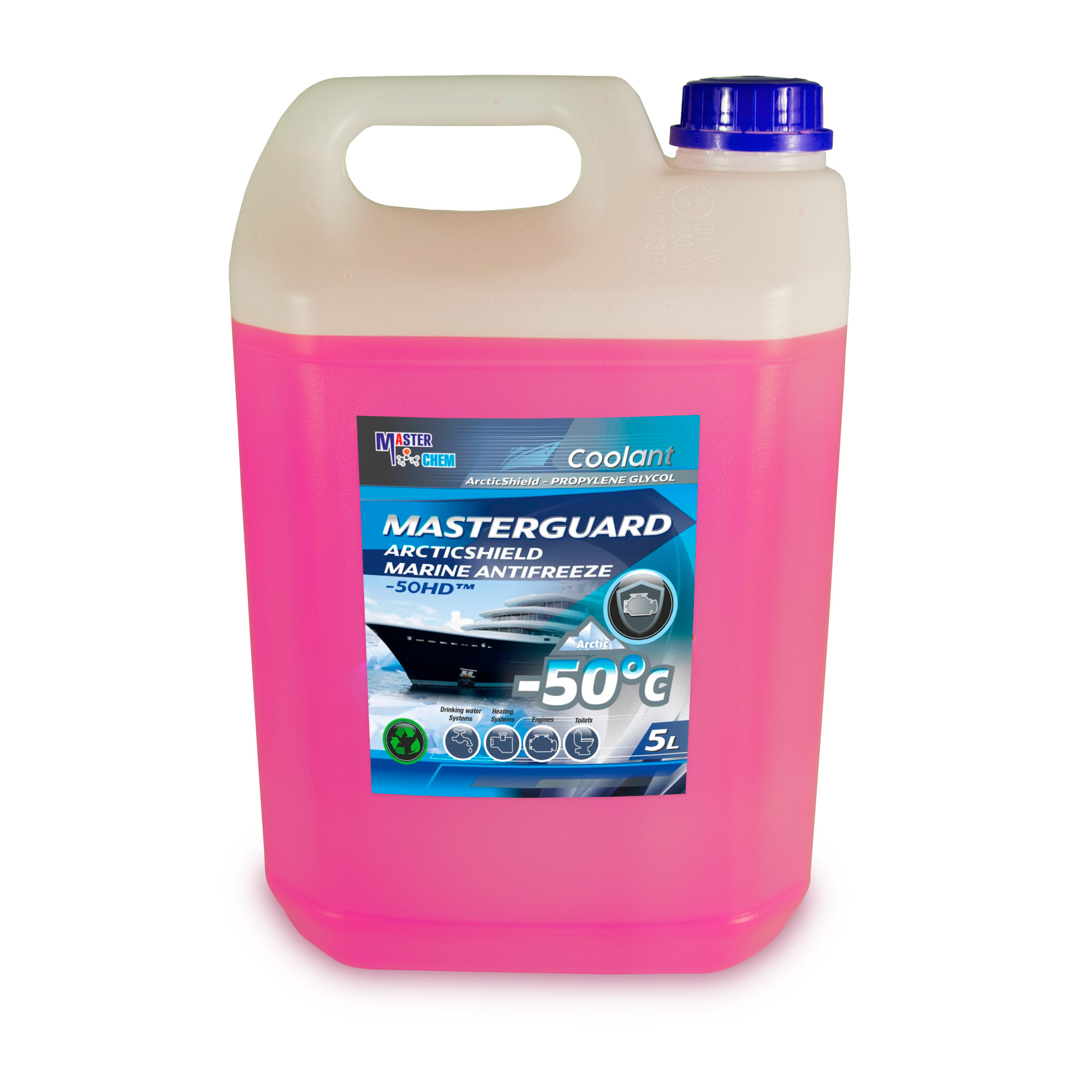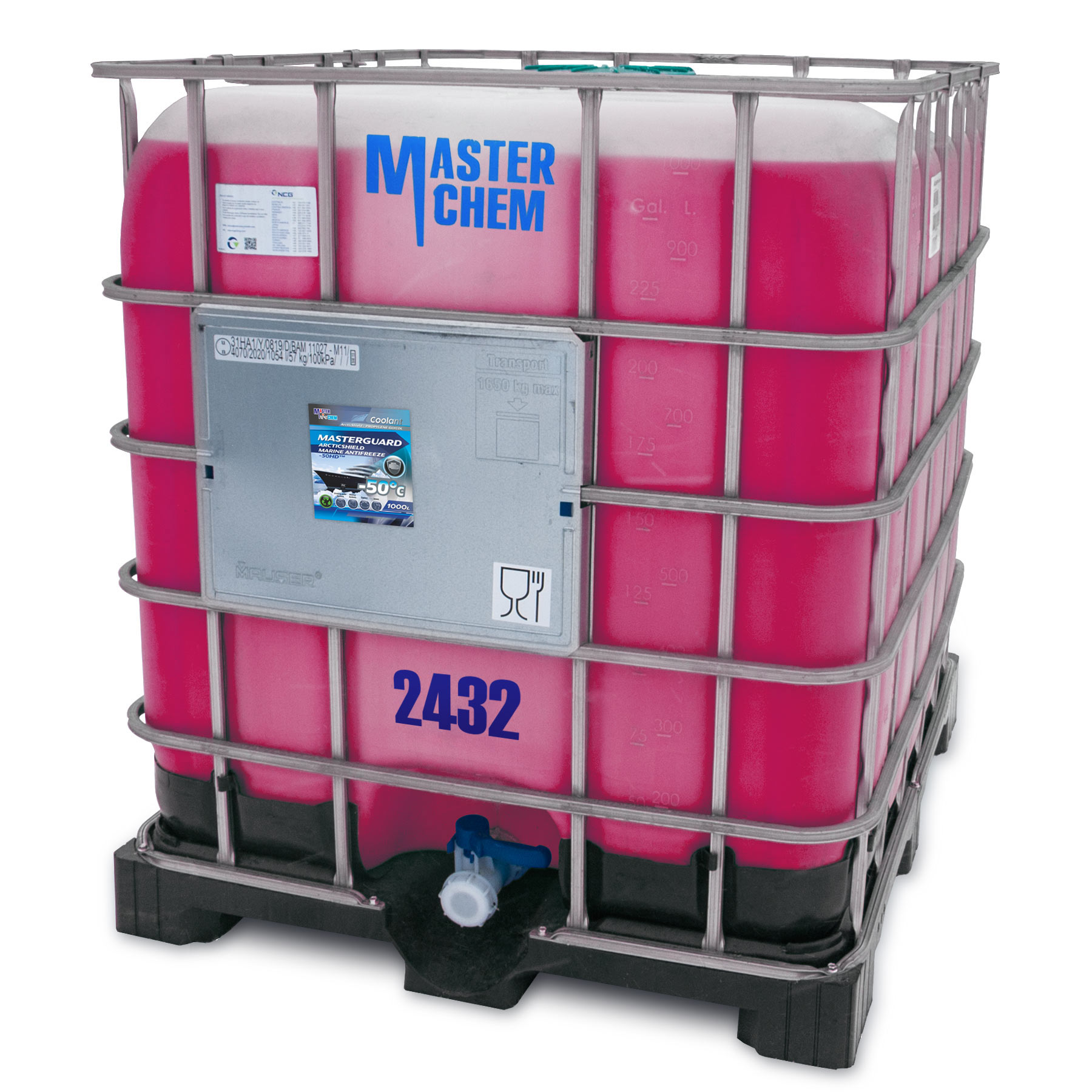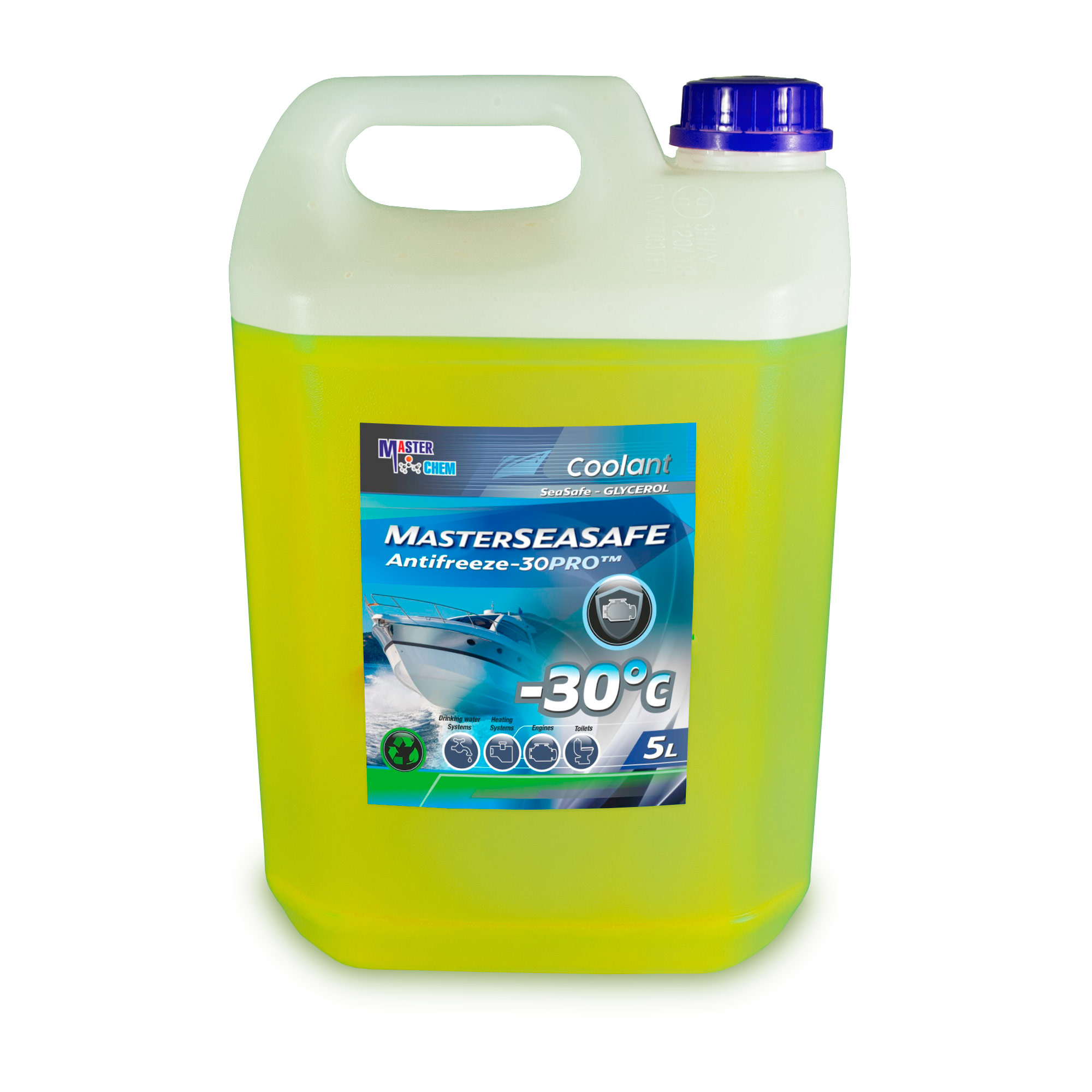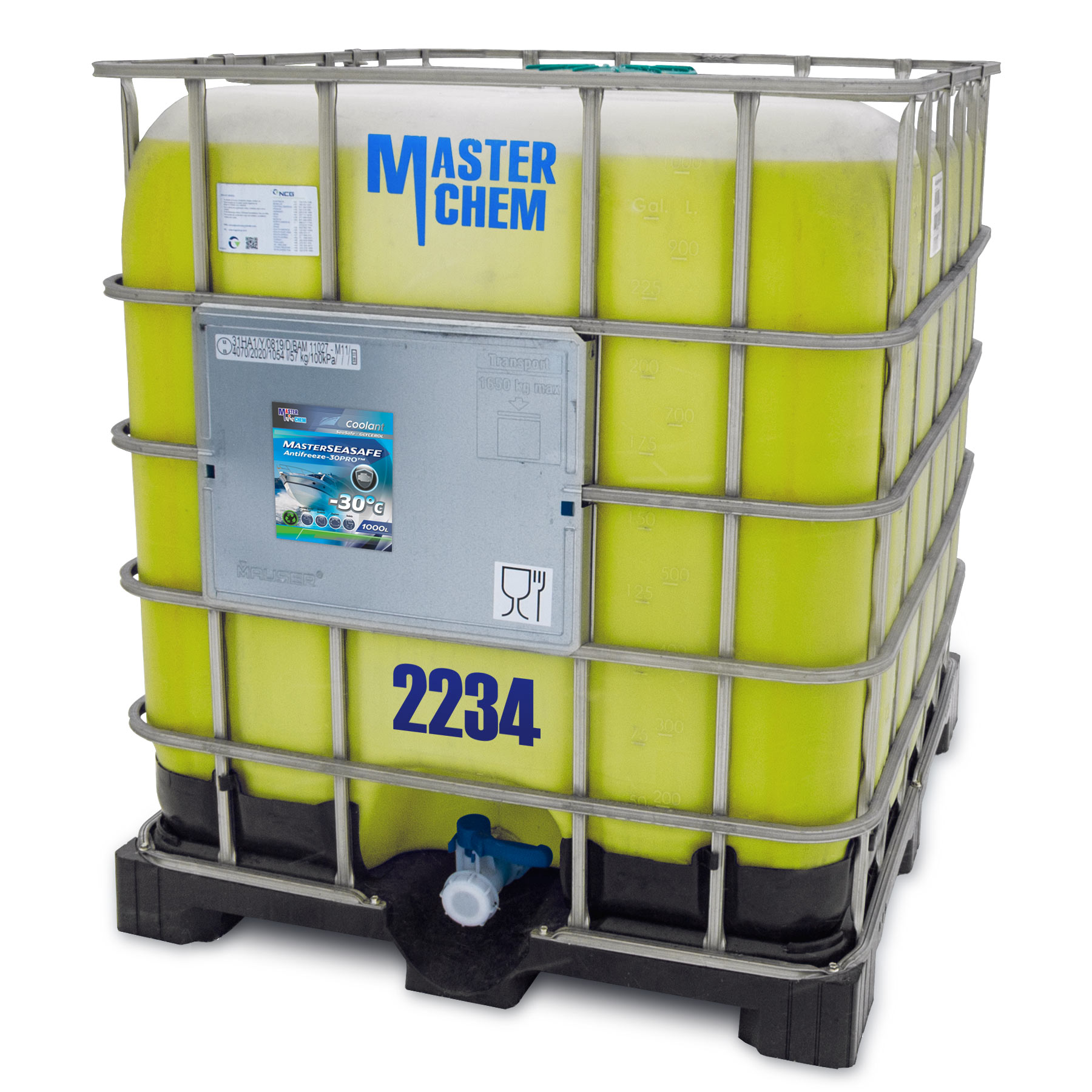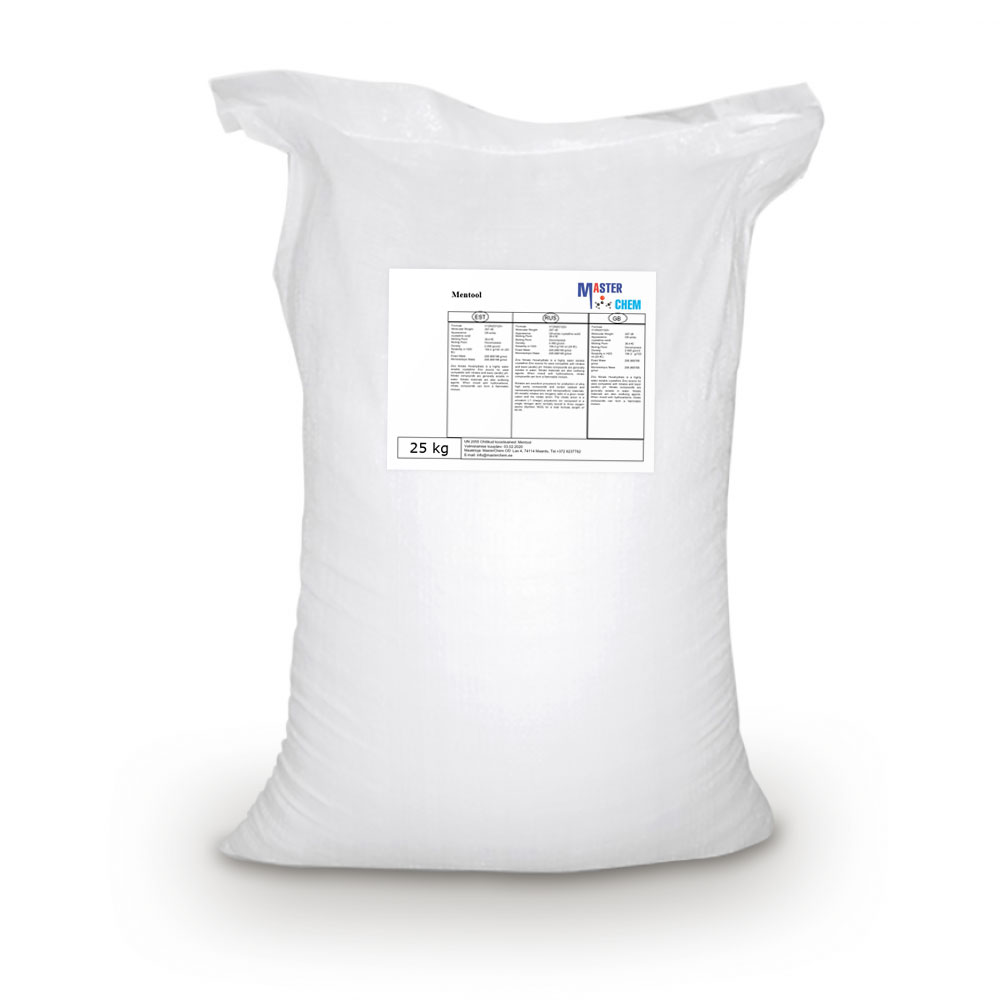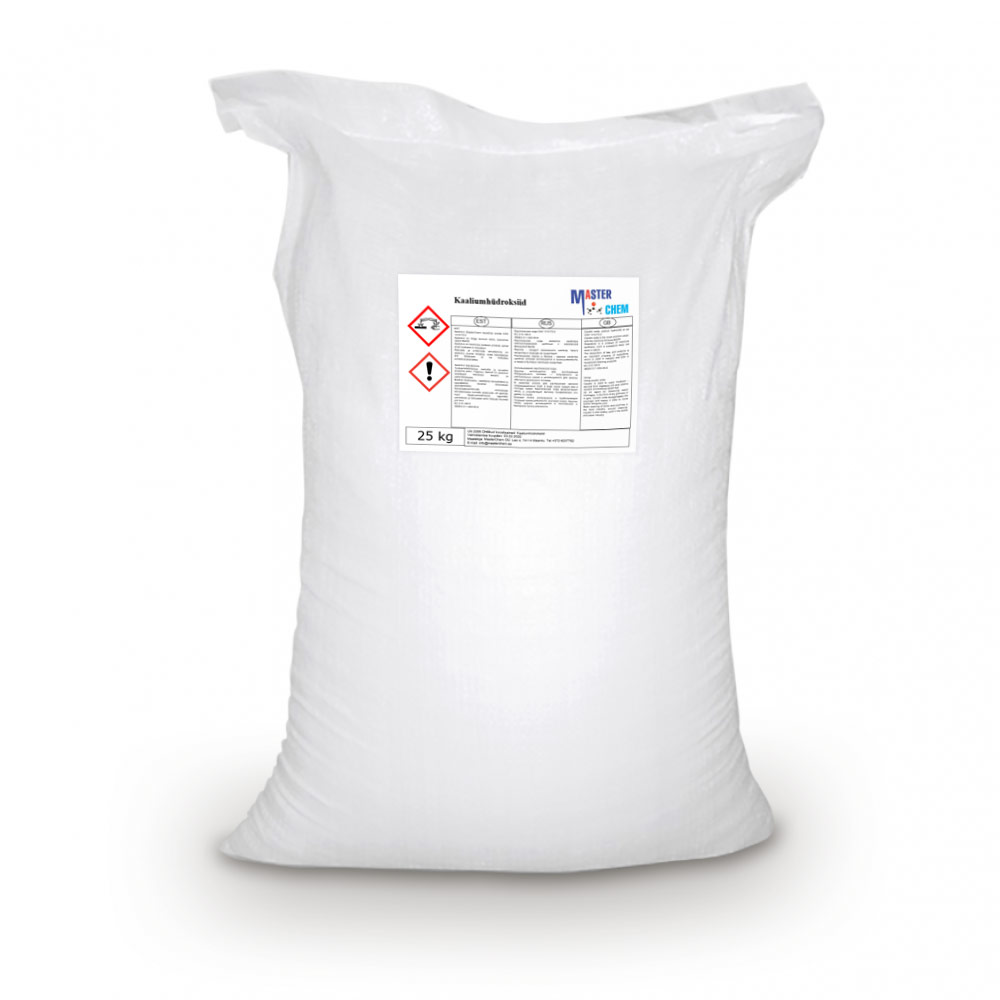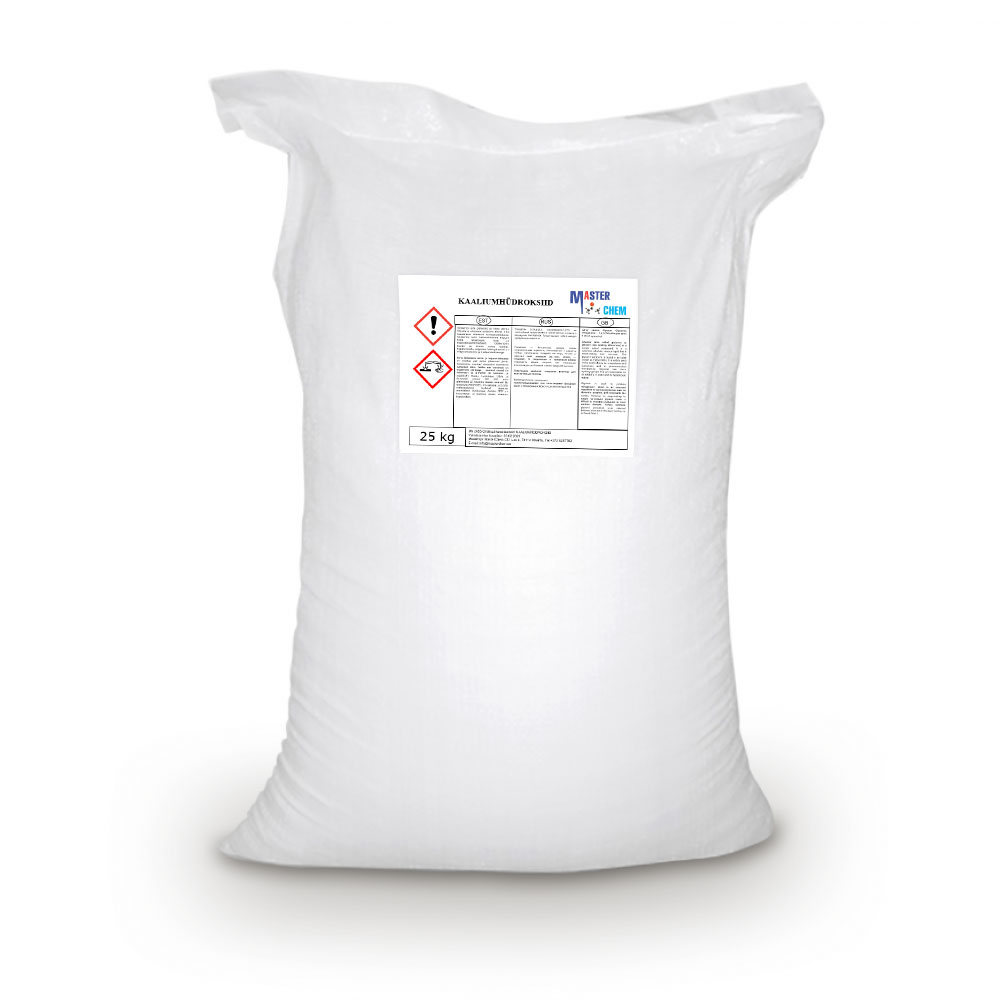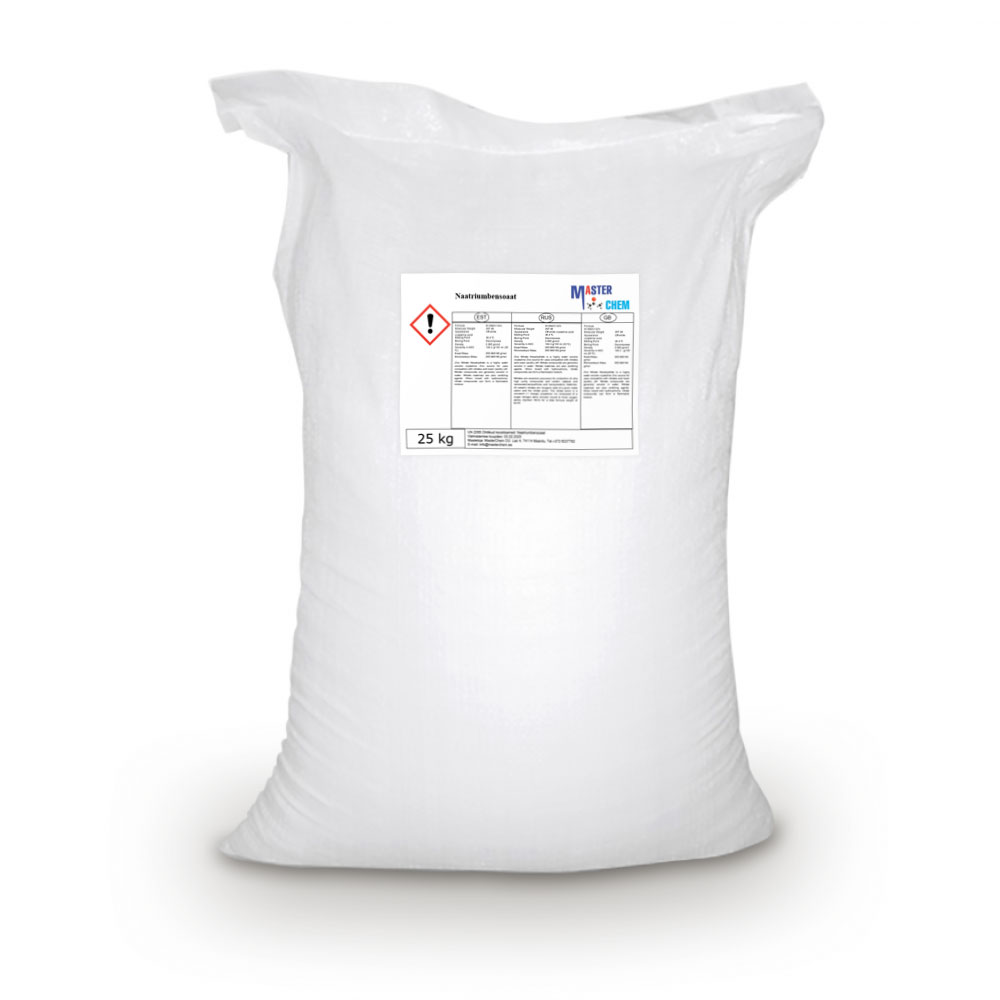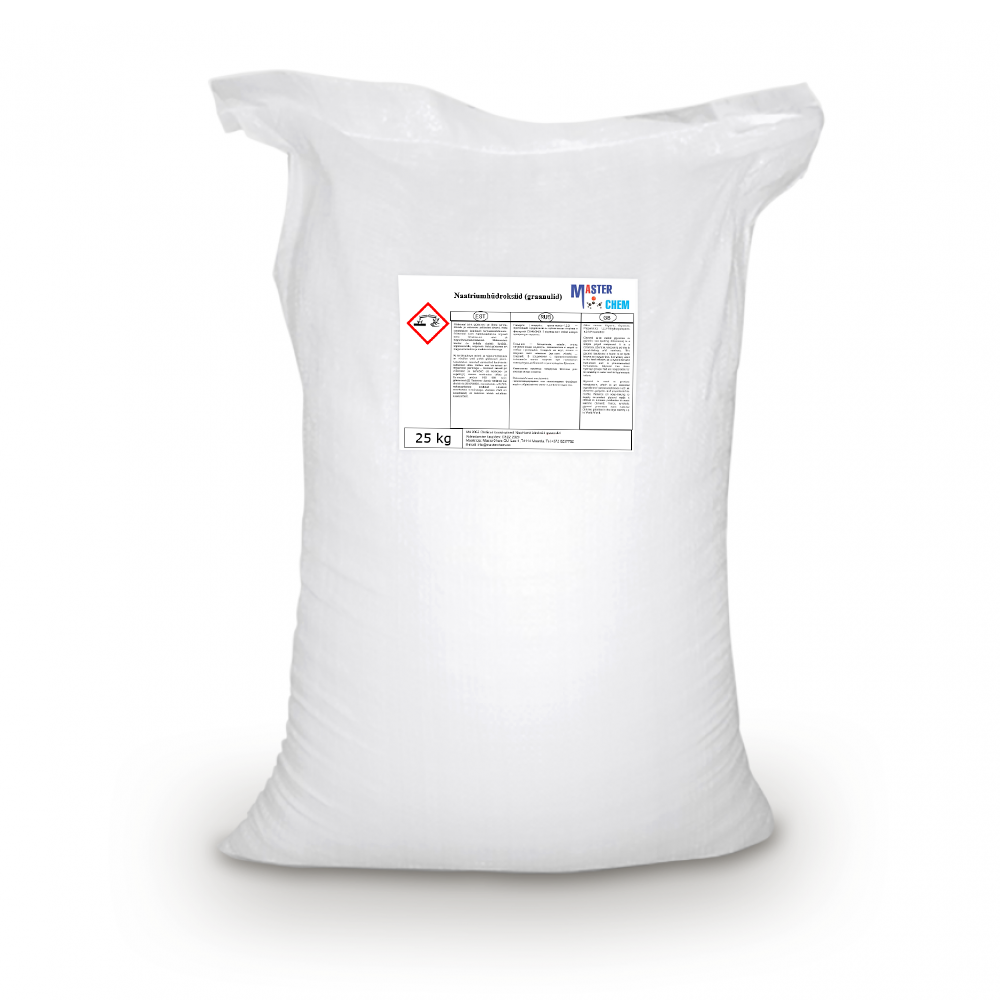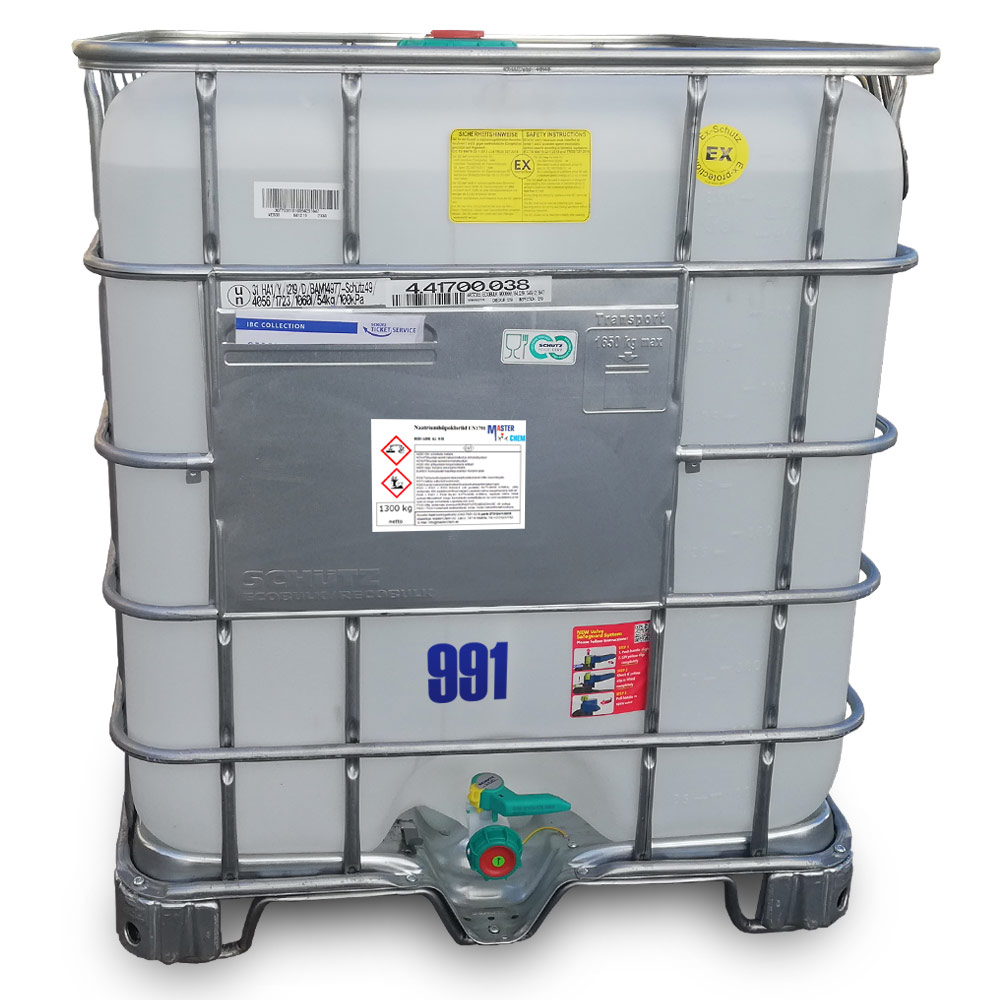Currently Empty: €0.00
Glycerin (CAS 56-81-5)
Other names: glycerin, glycerin, propanetriol, 1,2,3-trihydroxypropane, 1,2,3-propanetriol
Glycerin, also called glycerol, is a simple polyol compound. It is a viscous, colorless and odorless liquid, with a sweet taste and non-toxic. The glycerin backbone is found in lipids known as glycerides. Because it has antimicrobial and antiviral properties, it is widely used in FDA-approved wound and burn treatments. On the contrary, it is also used as a bacterial culture medium. It can be used as an effective marker to measure liver disease. It is also widely used as a sweetener in the food industry and as a humectant in pharmaceutical formulations. Due to the presence of three hydroxyl groups, glycerin is miscible with water and is hygroscopic in nature.
CAS: 56-81-5
Guar gum (CAS 9000-30-0)
Guar gum (CAS 9000-30-0)
Guar gum, also called guaran, is a galactomannan polysaccharide extracted from guar beans that has thickening and stabilizing properties useful in food, feed, and industrial applications. The guar seeds are mechanically dehusked, hydrated, milled and screened according to application. It is typically produced as a free-flowing, off-white powder.
The guar bean is principally grown in India, Pakistan, U.S., Australia and Africa. India produces about 2.5 – 3 million tons of guar annually, making it the largest producer, with about 65% of world production. In India, Rajasthan, Gujarat and Haryana are the main producing regions, and Jodhpur, Sri Ganganagar and Hanumangarh in Rajasthan and Pakistan with Second largest producer with 25% of Guar gum Produce In Pakistan is major Guar trading market. The US has produced 4,600 to 14,000 tonnes of guar over the last 5 years. Texas acreage since 1999 has fluctuated from about 7,000 to 50,000 acres. The world production for guar gum and its derivatives is about 1.0 Million tonnes. Non-food guar gum accounts for about 40% of the total demand.
MasterGuard ArcticShield Marine Antifreeze -50HD™
MasterGuard ArcticShield Marine Antifreeze -50HD™ is suitable for marine engines, both gasoline and diesel types. MasterGuard ArcticShield Marine Antifreeze -50HD™ is a high-quality extra-long-life cooling liquid designed for marine engines, offering superior protection against freezing in harsh marine environments with extremely cold temperatures. Formulated with propylene glycol and innovative corrosion inhibitors, it ensures optimal performance and longevity of boat engines. Uses carboxylate additive technology developed for highly effective system protection with maximum uptime in a wide range of operating conditions. This eco-friendly solution is non-toxic, making it safe for marine environments. Conforms to standards: ASTM D3306, ASTM D4985, ASTM D6210, SAE J1038, CAT EC-1, Cummins CES 14603, Detroit Diesel 7SE298, 93K217, Freightliner 48-22880, GM 1825/1899M/6277M, TMC RP329, Chrysler MS-7170, MS-9769, Ford WSS-M97B51-A1, WSS-M97B44-D, Mack Trucks CN H, 324.
MasterGuard ArcticShield Marine Coolant can also be used in boats and recreational vehicles (RVs), motorhomes, and caravans to protect the inboard engines, drinking water, and toilet systems against freezing.
MasterSeaSafe Marine Antifreeze-30PRO™
MasterSeaSafe Antifreeze-30PRO™ is designed specifically for marine engines, offering superior protection against freezing while being environmentally friendly. Its formulation is biodegradable and non-toxic, ensuring it does not harm marine life. Ideal for boaters who prioritize environmental conservation, MasterSeaSafe coolant ensures your engine runs smoothly in cold temperatures without compromising the ecosystem. This product represents a commitment to marine safety and environmental responsibility, making it an excellent choice for eco-conscious boaters looking for reliable engine protection. Do not damage products made of rubber, plastic, cast iron, steel, or aluminum alloys.
MasterSeaSafe Antifreeze-30PRO™ can also be used in boats and recreational vehicles (RVs), motorhomes, and caravans to protect the inboard engines, drinking water, and toilet systems against freezing.
Menthol (CAS 2216-51-5)
Menthol (CAS 2216-51-5)
Menthol is an organic compound, more specifically a monoterpenoid, made synthetically or obtained from the oils of corn mint, peppermint, or other mints. It is a waxy, crystalline substance, clear or white in color, which is solid at room temperature and melts slightly above.
The main form of menthol occurring in nature is (−)-menthol, which is assigned the (1R,2S,5R) configuration. Menthol has local anesthetic and counterirritant qualities, and it is widely used to relieve minor throat irritation. Menthol also acts as a weak κ-opioid receptor agonist.
Potassium hydroxide (flakes) (CAS 1310-58-3)
Potassium hydroxide, Lye, Custic potash, KOH
Potassium hydroxide, also known as lye is an inorganic compound with the chemical formula KOH. Also commonly referred to as caustic potash. It is used in various chemical, industrial and manufacturing applications. Potassium hydroxide is also a precursor to other potassium compounds. Potassium hydroxide is used in food to adjust pH, as a stabilizer, and as a thickening agent.
In addition to the above uses, potassium hydroxide is also used in making soap, as an electrolyte in alkaline batteries and in electroplating, lithography, and paint and varnish removers. Liquid drain cleaners contain 25 to 36% of potassium hydroxide.
Potassium hydroxide (flakes/granules) (CAS 1310-58-3)
Potassium hydroxide is an inorganic compound with the formula KOH, and is commonly called caustic potash.
Along with sodium hydroxide (NaOH), this colorless solid is a prototypical strong base. It has many industrial and niche applications, most of which exploit its caustic nature and its reactivity toward acids. An estimated 700,000 to 800,000 tonnes were produced in 2005. KOH is noteworthy as the precursor to most soft and liquid soaps, as well as numerous potassium-containing chemicals. It is a white solid that is dangerously corrosive. Most commercial samples are ca. 90% pure, the remainder being water and carbonates.
CAS: 1310-58-3
Propylene glycol (CAS 57-55-6)
Other names: Propylene glycol, 1,2-propylene glycol, propane-1,2-diol
Propylene glycol (specifically 1,2-propylene glycol; chemical name propane-1,2-diol) is a chemical substance diols. Its chemical formula is C3H8O2 o HO–CH2–CHOH–CH3.
The substance is used, for example, in aircraft aviation to protect the fuselage from icing and in food as a moisture preservative. (E1520).
CAS: 57-55-6
Sodium benzoate (CAS 532-32-1)
Sodium benzoate (CAS 532-32-1)
Sodium benzoate is the sodium salt of benzoic acid, widely used as a food preservative and pickling agent. A white crystaline chemical with the formula C6H5COONa, it has an E number of E211. It can be produced by reacting sodium hydroxide with benzoic acid.
Sodium benzoate is produced by the neutralization of benzoic acid, which is itself produced commercially by partial oxidation of toluene with oxygen.
Many foods are natural sources of benzoic acid, its salts (such as sodium benzoate), and its esters. Fruits and vegetables can be rich sources, particularly berries such as cranberry and bilberry. Other sources include seafood, such as prawns, and dairy products.
Sodium hydroxide granules (CAS 1310-73-2)
Sodium hydroxide 100% application: Chemical, food, textile, pulp and paper and various other applications.
CAS: 1310-73-2
Sodium hypochlorite 12-15% (CAS 7681-52-9)
Disinfection of the COVID-19 source should be done with a 0.1-0.5% sodium hypochlorite solution (WHO and Board of Health recommendation)

